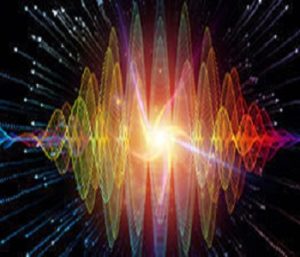What is Dynamic Spectrum Access?
DSA technology enables radios to safely share multiple frequency bands without interfering with legacy and other protected wireless systems. DSA-enabled devices accomplish this through a novel combination of RF, signal processing, networking and detection technologies that are coupled with DSA software algorithms to provide substantially more communications capacity than is available through current static spectrum access practices.
DSA improves spectrum utilization in three dimensions: frequency, location and time. It enables a network to opportunistically use a wide range of frequencies at points in time and space when and where they are authorized and available. When a non-cooperative user is detected on the same channel, a DSA-enabled device immediately moves to an unoccupied channel. Because many frequencies are utilized only a small portion of the time and in a fraction of locations, DSA enables two or more networks to share a given spectrum band. It also enables a wireless service provider or spectrum user to deploy more than one application or service in a given band.
The SSC DSA Advantage
SSC pioneered and continues to lead the development of Dynamic Spectrum Access (DSA) technology. DSA technology enables radio devices to dramatically improve spectrum utilization, communications reliability and network deployment time. SSC’s technology employs a policy-based sensing approach to DSA. Devices using this solution continually assess the radio spectrum environment, and automatically and swiftly adjust frequencies in response to changing RF conditions. Policies that control the operation of devices are maintained in a database and pushed out to DSA-enabled devices, ensuring that they operate in accordance with regulatory, service provider and other stakeholder requirements. DSA makes wireless networks frequency agile – empowering devices at the edge with the ability to efficiently and effectively access available spectrum.
SSC’s DSA offers a number of advantages for a wide variety of stakeholders, including:
- RF equipment vendors – to build more spectrally efficient radios;
- Wireless service providers – to better utilize their spectrum assets and access
additional resources on an as-needed basis; - New market entrants – to gain access to spectrum that was previously
inaccessible or too costly; and - Regulators – to ensure that spectrum licensees are protected when Cognitive
- Radio technologies are deployed in the same or adjacent bands.

SSC Technical Publications
SSC actively participates in technical and professional societies. Our engineers will often publish papers based on their work, contribute to book chapters, and provide articles in professional journals. A partial list of publications is provided below.

SSC Spectrum Reports
SSC has performed numerous spectrum measurements throughout the years for various projects. These spectrum measurements are presented in the form of reports that are listed below.
LET US HELP YOU
Reach out to Shared Spectrum Company
SSC employs the industry’s most experienced and qualified professionals ready to take up the challenges of the changing world around us. Given the wide range of solutions and technologies offered by SSC, we are confident our team can meet your requirements and solve your problems.
